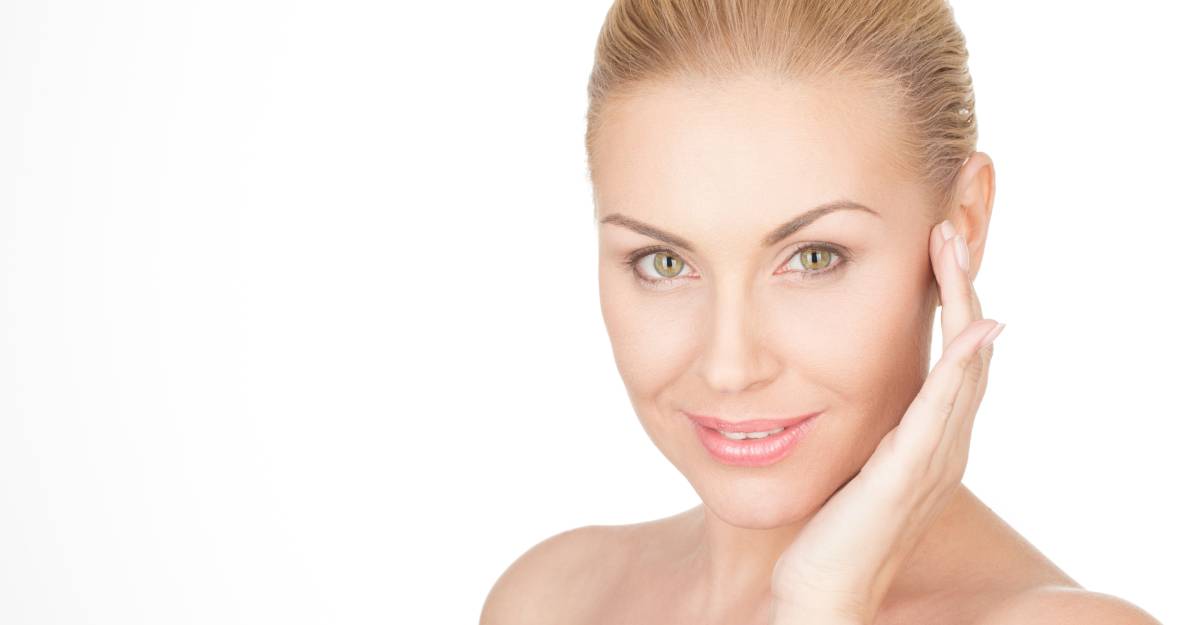NDYAG

What is Q-Switched Nd YAG laser?
- The neodymium Nd YAG laser is a crystal that is used as a laser medium for solid state lasers.
- The Nd YAG laser has a wavelength of 532 and 1064mm and the capability to reach deeper layers of skin tissues than other types of lasers.
The benefits of the Q-switched Nd YAG laser procedure is that it has very little downtime, fast results and you can be back at work on the same or next day.
The treatment is often combined with topical creams and other treatments to maximise the results.
Generally two or three treatments may be required several weeks apart.
IPL v Q-Switched Nd: YAG laser v Co2 laser what is the difference?
“Intense Pulsed Light or photo rejuvenation focuses on evening up the colour tone of your skin, with overall reduction in redness and brown areas,” says Dr Parisa.
“The Q-Switch Nd YAG is a resurfacing treatment that penetrates into deeper layers.
“While IPL is generally a lunchtime treatment and you can go back to work, Q-Switched Nd: YAG laser has a slightly longer down time, maybe a day or two.
“The Co2 laser is yet again deeper, and one of the most modern laser treatments with often dramatic results for burns, large pores, deep wrinkles, severe acne and acne scarring.
“However it’s important to consult with a professional dermatologist or doctor to determine which treatment is best suited for your skin needs and budget.”
She says lasers in the wrong hands can cause issues such as burning or infection.
“Incorrect treatment used by an untrained or inexperienced laser operator can also potentially remove or mask unrecognized or undiagnosed symptoms of melanoma or non-melanoma skin cancers.”
So who should get what?
- “IPL is good for minor facial redness, freckles and skin tag removal or facial rejuvenation,” says Dr Parisa.
- Q -Switched Nd YAG is suited for more moderate to severe melasma, It can also be used for solar lentigines (brown spots), or cafe-au-lait-macules (brown birthmarks)
- Q-Switched Nd YAG is also ideal for naevus of Ota (birthmarks that are blue or brown and tend to be around the eyes or in the eye), and Naevus of Hori (Naevus of Ota that occurs on both sides of the face).
- Q-Switched Nd YAG can also be used for tattoo removal and to treat fungal infections of the nails. It is suitable for use on the face, hands, arms, chest and legs.
- Whichever laser treatment you receive, the treatment is often combined with other treatments or topical creams to maximise results.
Can I use Q-Switched Nd YAG to remove tattoos?
- Yes. Blue, grey and black tattoos can be removed with a Q-Switched ND: YAG laser (1064 mm). The colour and duration and depth of the tattoo may impact the outcome.
What happens in a consultation with Dr Parisa before your Q-Switch Nd YAG laser treatment?
- Dr Parisa will take an extensive patient history, examine your skin with a special light and discuss any skin concerns you have.
- After examination you might be prescribed medication and booked for a laser session.
- You might need 3-4 sessions of the laser treatment 4-6 weeks apart.
- Sun Protection is necessary 4 weeks before and after treatment.
What happens during Q-Switched Nd YAG laser treatment?
- The patient must wear eye goggles throughout the session.
- Treatment will take about 30 minutes.
- Many people describe each pulse feeling like a small rubber band flicking the skin.
- Skin surface cooling is applied post procedure and an ice pack may be applied after the treatment.
- It’s important in the next few days to avoid rubbing the area, or using abrasive skin cleansers while patients should avoid sun exposure for 4 weeks to prevent the risk of post-inflammatory redness.
What are the common side effects of Nd YAG laser?
- Slight pain during the treatment which can be eased with topical anaesthetic and cooling
- Redness and itching in the first few hours.
- Bruising also tends to affect 10% of patients.
- Rarely there may be permanent skin damage, leaving darker or white patches of skin.

